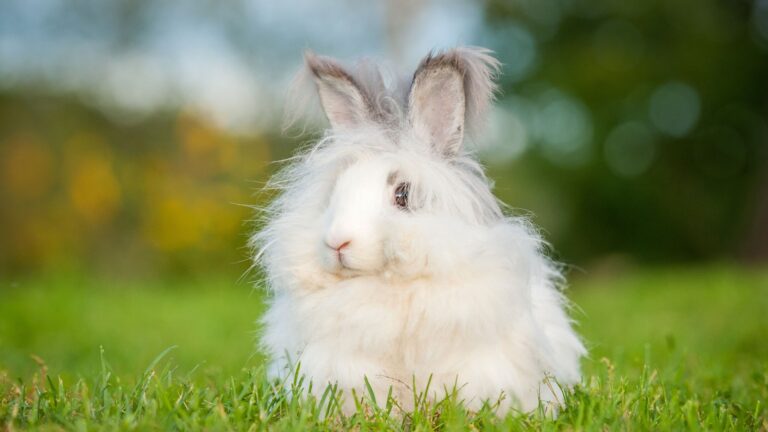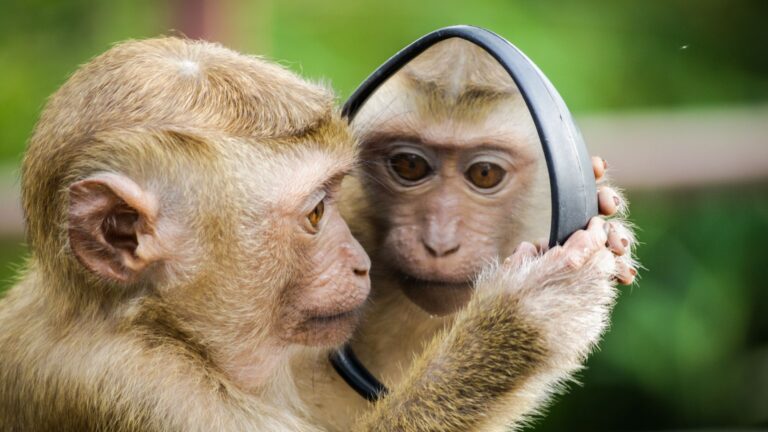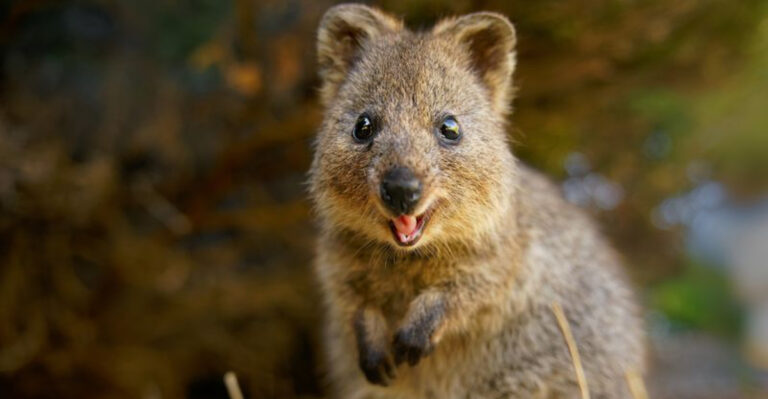15 Dog Breeds Most Frequently Returned To Shelters
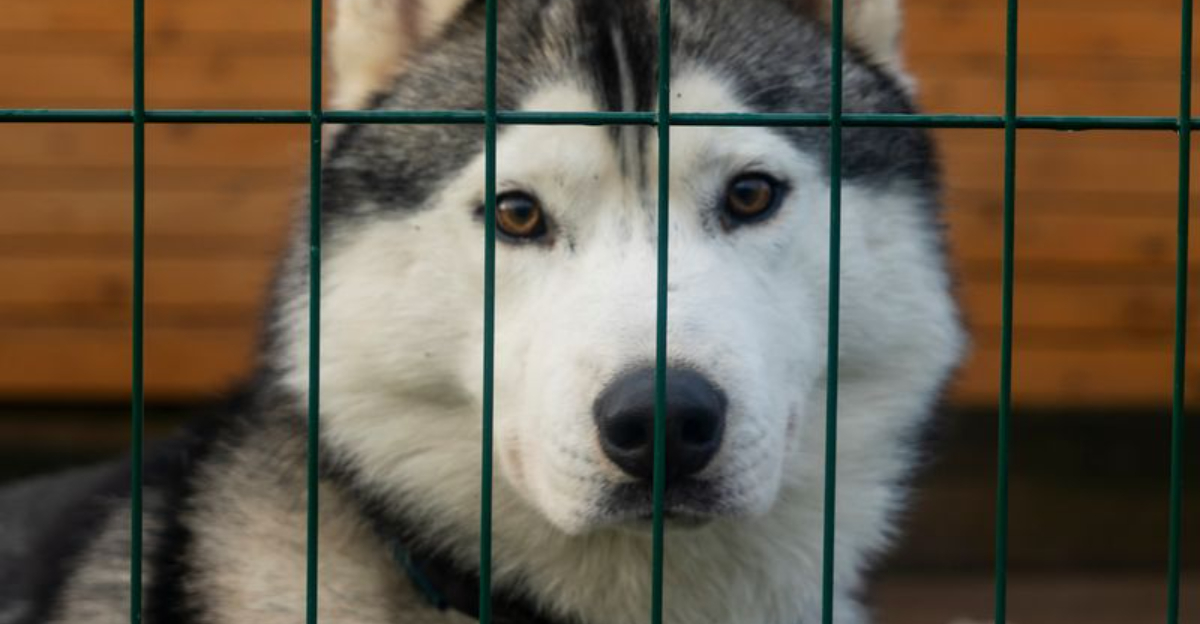
Every year, thousands of hopeful pet parents bring home a furry friend only to later return them to shelters. The heartbreaking decision often stems from mismatched energy levels, unexpected care requirements, or behavior issues that weren’t anticipated.
Understanding which breeds commonly face this sad journey back to shelters can help future dog owners make more informed choices about the perfect four-legged companion for their lifestyle.
1. Siberian Huskies
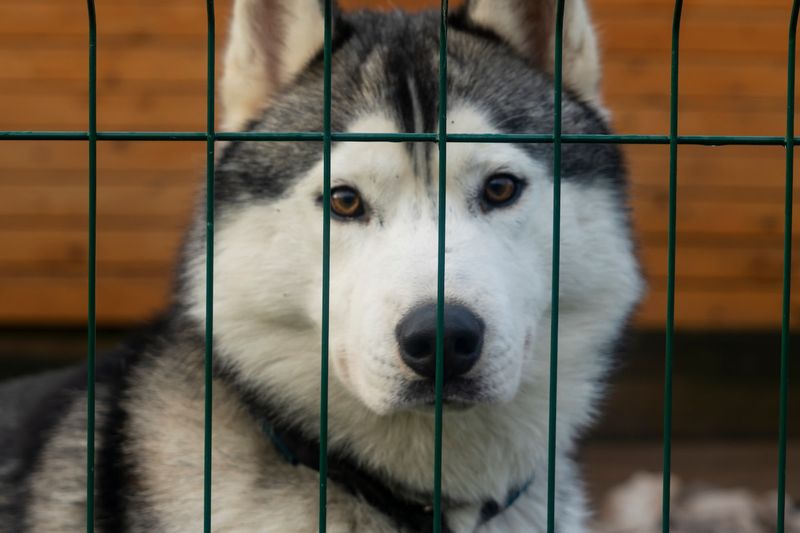
Gorgeous blue eyes and wolf-like appearance make these dogs irresistible in photos, but reality hits hard for unprepared owners.
Their escape-artist tendencies and boundless energy leave many families overwhelmed. Huskies need hours of daily exercise and mental stimulation. Without it, destructive behaviors emerge – demolished furniture and excavated yards become common complaints from frustrated owners.
2. Pit Bull Terriers
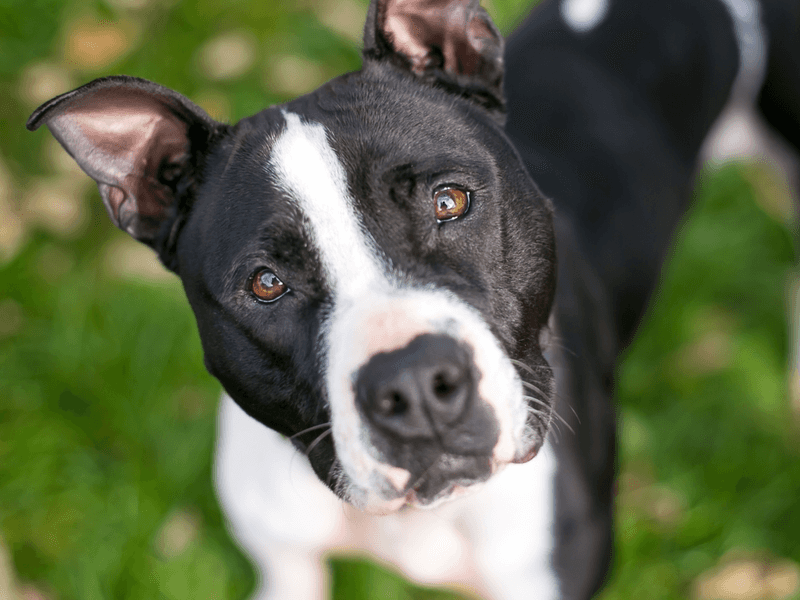
Misconceptions follow these muscular pups everywhere. Rental restrictions and breed-specific legislation often force families to choose between their home and their dog. Many adopters underestimate their strength during walks.
Despite naturally affectionate temperaments, without proper training and socialization, these powerful dogs can develop behaviors that overwhelm inexperienced owners.
3. Jack Russell Terriers
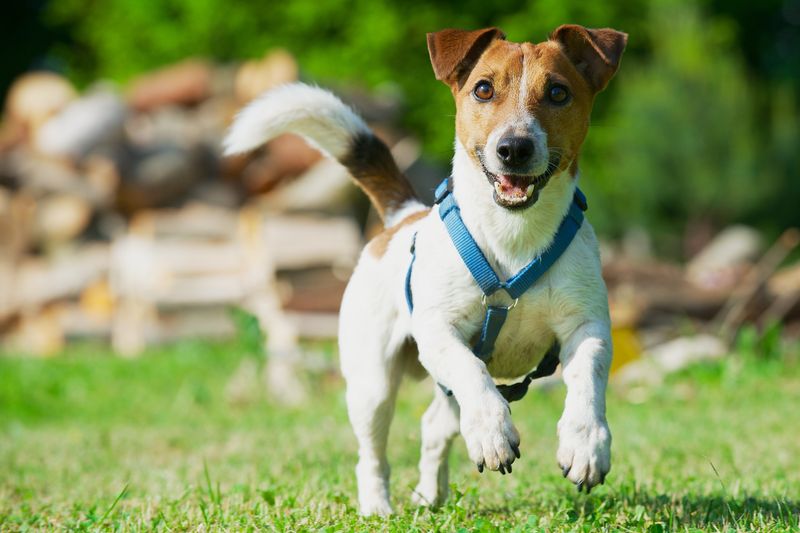
Compact dynamos pack more energy than their small frames suggest! Movie portrayals like Eddie from Frasier created unrealistic expectations of calm, obedient companions.
Reality reveals dogs that rarely stop moving. Their hunting instincts mean squirrels, cats, and even moving shadows become targets of their intense focus and lightning-fast pursuits.
4. Border Collies
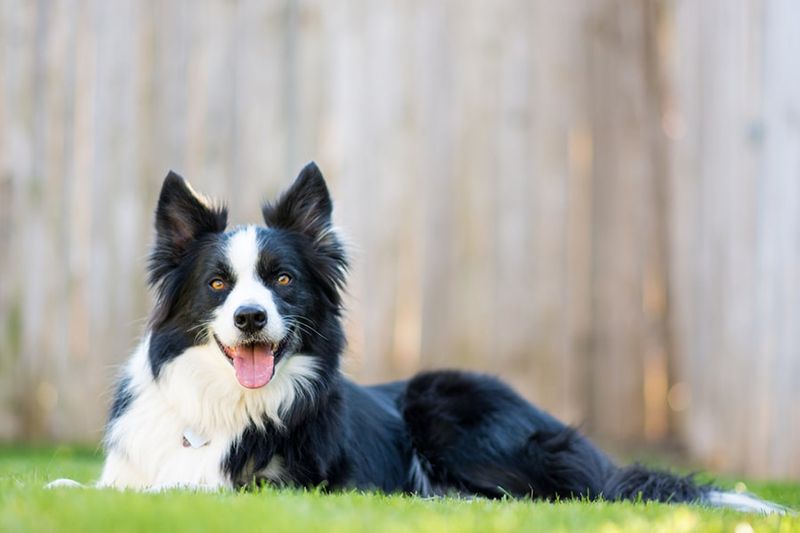
Razor-sharp intelligence becomes problematic when paired with relentless working drive. Adopters fall for their stunning looks without understanding their intense need for purpose.
Without sheep to herd, they’ll create jobs – organizing toys, monitoring household activities, or herding children and other pets. Their watchful stare and constant vigilance can unnerve families expecting a relaxed companion.
5. German Shepherds
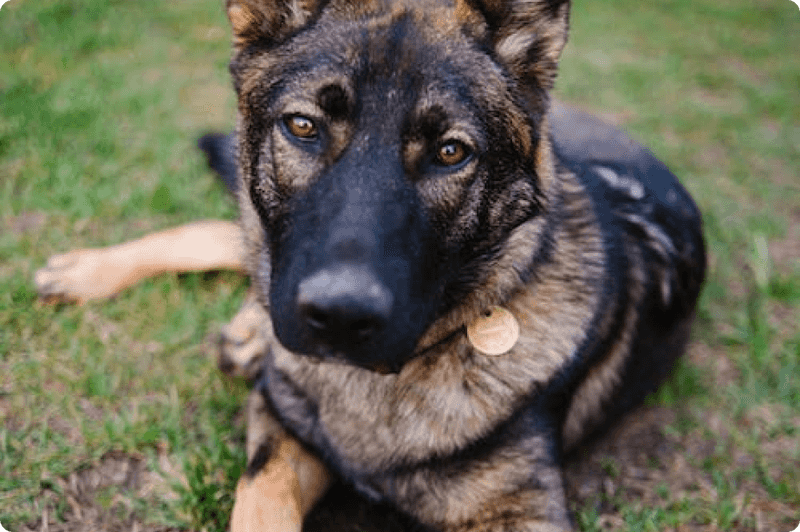
Behind those noble faces lie complex personalities requiring committed leadership. Without consistent training, these brilliant dogs create their own rulebooks – rarely aligning with human household expectations.
Shedding surprises many owners – twice yearly “blow-outs” can fill vacuum canisters daily. Their protective instincts, while valuable in certain contexts, often manifest as wariness toward visitors that challenges social households.
6. Dalmatians
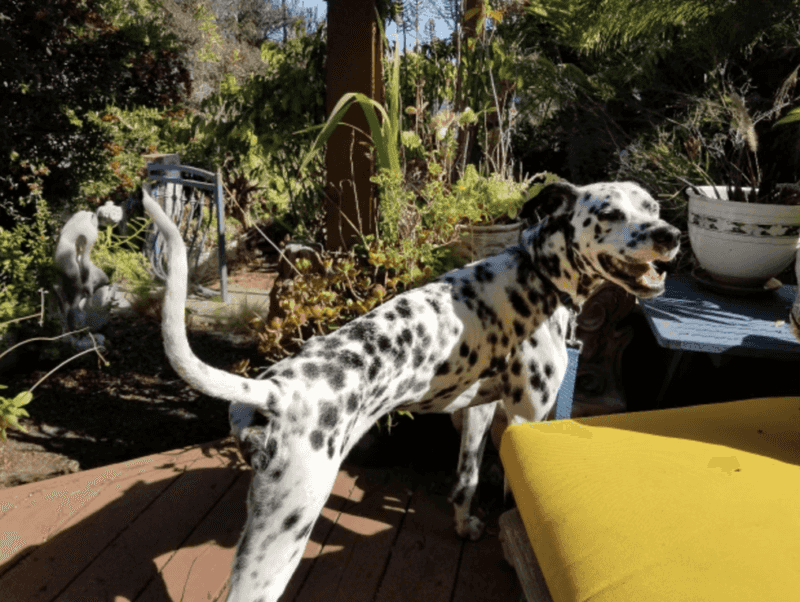
Disney’s 101 Dalmatians sparked adoption frenzies with disastrous consequences. Families expecting spotted couch potatoes discovered high-energy athletes requiring constant movement.
Hearing issues affect many Dalmatians, making training challenging. Their strong-willed personalities clash with owners expecting immediate obedience, while their endless energy reserves exhaust families hoping for calmer companionship.
7. Australian Cattle Dogs
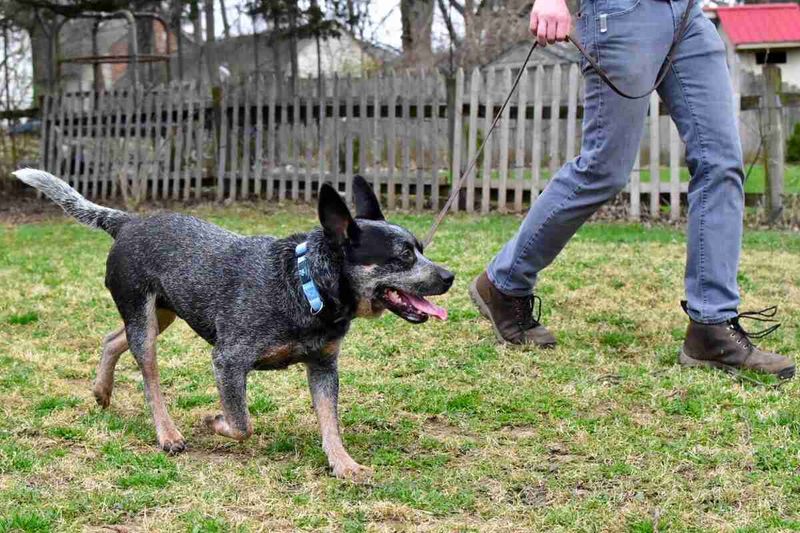
Legendary toughness made these dogs perfect for controlling stubborn cattle across vast Australian ranches. Suburban homes rarely provide adequate outlets for their working instincts.
Without proper channels for their energy, they become creative problem-solvers – unfortunately, the “problems” they solve include how to reorganize your garden or redecorate furniture with their teeth.
8. Chihuahuas
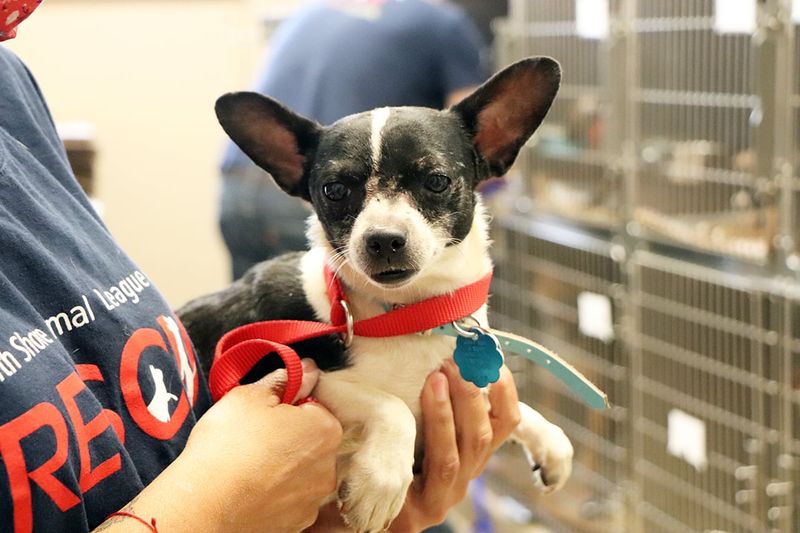
Purse-sized packaging hides surprisingly complex personalities. Impulse adoptions based on their tiny cuteness lead to returns when their oversized attitudes emerge.
Many develop strong one-person bonds while remaining suspicious of others. Their shivering isn’t always from cold – anxiety and fear responses often manifest in trembling, barking, and even nipping at strangers or children.
9. Beagles
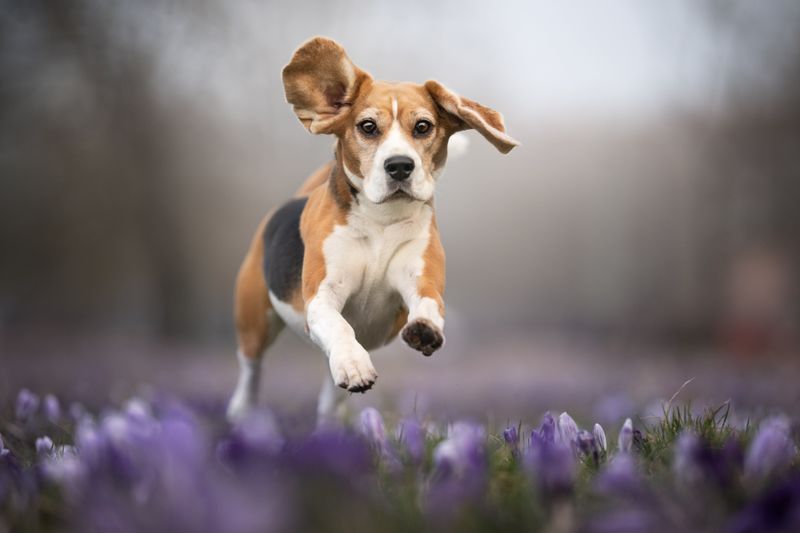
Melodious howls charm during adoption events but quickly lose appeal when neighbors complain about 3 AM serenades. Their powerful noses lead them into trouble – following scents regardless of dangers or boundaries. Food motivation reaches comical levels, with counter-surfing and garbage-raiding becoming regular events. Their stubborn independence frustrates owners expecting instant recall during walks or backyard explorations.
10. Boxers

Eternal puppies at heart, Boxers maintain their boisterous playfulness well into adulthood. Their exuberant greetings knock over lamps, children, and occasionally adults.
Health concerns blindside unprepared owners – from heart conditions to cancer predispositions. Their enthusiastic bouncing and pawing communication style overwhelms families expecting more restrained interaction, leading many energetic Boxers back to shelter life.
11. Shiba Inus
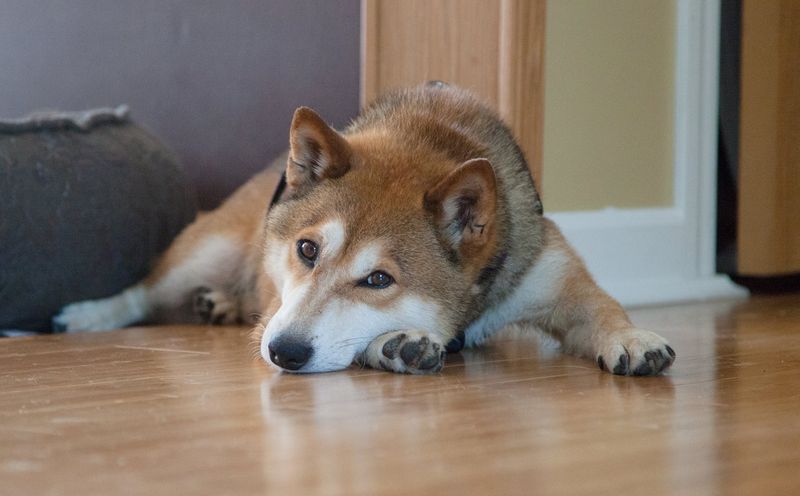
Fox-like faces and trending memes drive adoption spikes, but their independent nature surprises owners expecting doggy devotion.
Unlike people-pleasing breeds, Shibas evaluate commands as optional suggestions. Their cleanliness resembles cats more than dogs – a positive trait until their self-grooming turns into dramatic shedding seasons. Their territorial nature and prey drive can make multi-pet households challenging environments.
12. Bulldogs
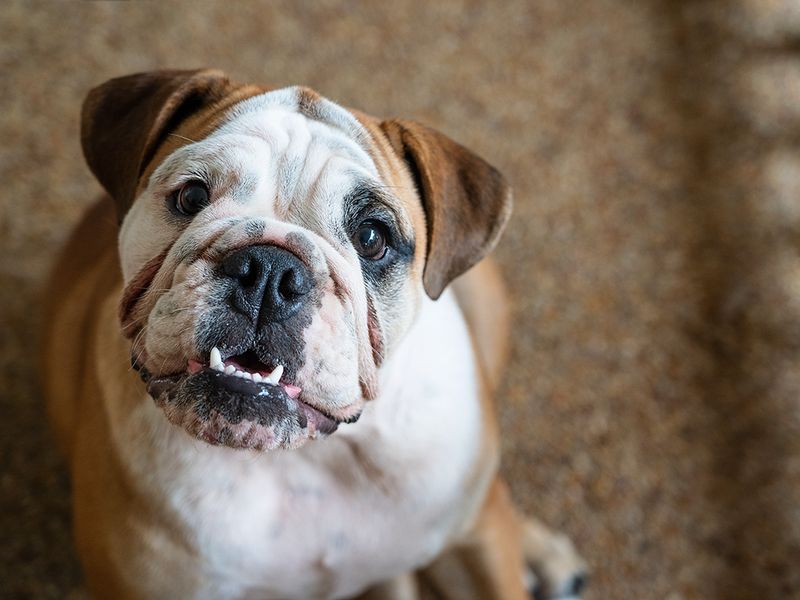
Adorable wrinkles hide costly medical complications. Breathing difficulties, skin infections, and joint problems surprise owners with mounting veterinary bills.
Their easygoing nature appeals to many, but heat sensitivity limits outdoor activities. Daily wrinkle cleaning and possible surgery costs for breathing issues send many of these snorting sweethearts back to shelters when financial reality hits.
13. Akitas
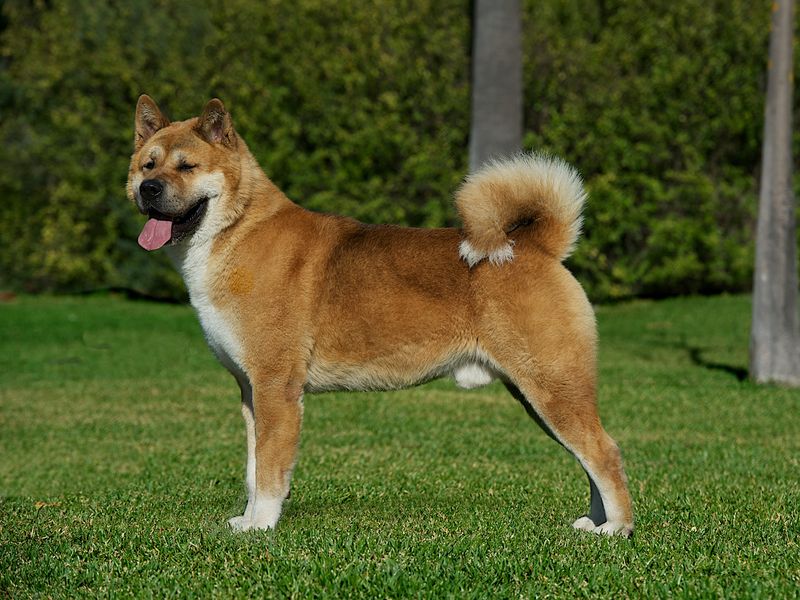
Loyalty reaches legendary status with these majestic dogs, but their stubborn independence challenges even experienced owners.
Their size and strength demand confident handling and consistent training. Same-sex aggression surprises owners who wanted playdate-friendly companions. Their natural suspicion of strangers makes socialization critical yet challenging, requiring patient, long-term commitment that many adopters underestimate.
14. Cane Corsos
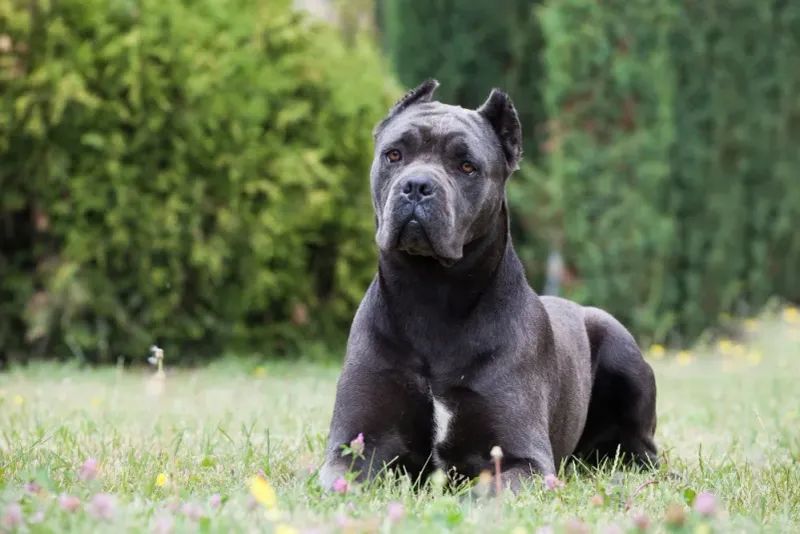
Massive size and guardian instincts attract security-minded adopters who often underestimate their training needs.
Without proper socialization, protective tendencies evolve into problematic wariness or aggression. Their imposing presence requires responsible ownership to prevent intimidation of guests or neighbors. Housing restrictions and insurance challenges further complicate ownership, sending many back to shelters.
15. Weimaraners
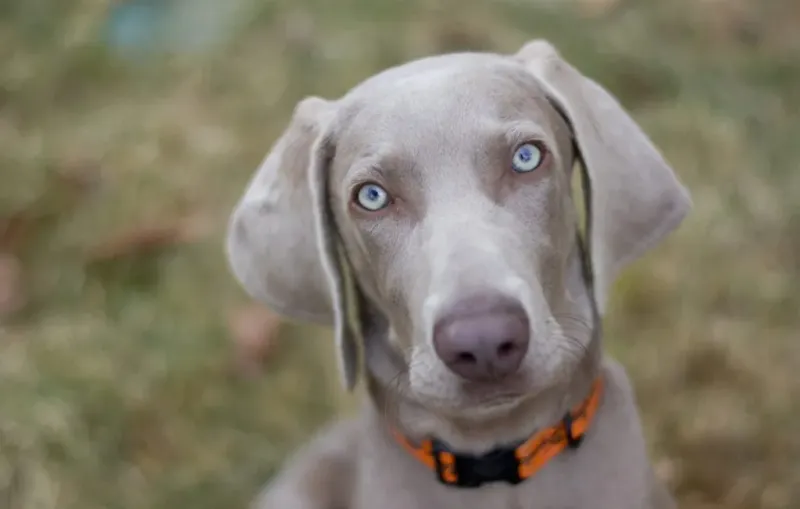
Striking silver coats and soulful eyes make irresistible adoption photos. Reality reveals “velcro dogs” with separation anxiety that transforms homes into disaster zones when left alone.
Famous for counter-surfing and cabinet-opening abilities, their problem-solving skills create household havoc. Their hunting background translates to high prey drive, making them challenging in homes with smaller pets.




